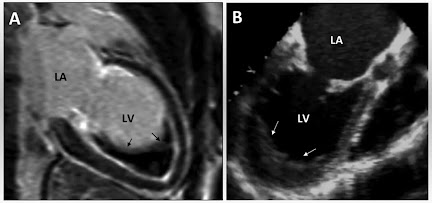Regulation of blood sugar level
Glucose is the ultimate source of energy to our body so amount of sugar in blood should be maintained in normal range.Any condition when increase blood sugar level is known as hyperglycemia ( above 140 mg/dl in fasting condition ), which may result from disease like diabetes mellitus.
Any condition when blood sugar level decrease called hypoglycemia ( below 55 mg/dl in fasting condition ), which may cause multiple symptoms and even may cause death.
Control blood sugar level through hormones
1. Insulin
It secrets from beta cells of islets of pancreas.It decrease blood sugar level by...
- Gluconeogenesis : it decrease gluconeogenesis.
- Glycogenesis : it increase the glycogenesis.
2. Adrenaline
It secret from adrenal glands.It increases the blood sugar level by...
- Gluconeogenesis : it increase gluconeogenesis.
- Glycogenesis : it decrease glycogenesis.
3. Nor adrenaline
It secret from adrenal gland.It increase blood sugar level by...
- Gluconeogenesis : it increase gluconeogenesis.
- Glycogenesis : it decrease glycogenesis.
4. Glucagon
It secret from alpha cells of islets if pancreas.It increase blood sugar level by...
- Gluconeogenesis : it increase gluconeogenesis.
- Glycogenesis : it decrease glycogenesis.
5. Cortisol
It release from adrenal glands.It increases the blood sugar level by...
- Gluconeogenesis : it increase gluconeogenesis.
- Glycogenesis : it decrease glycogenesis.
6. Thyroxin
It secret from thyroid gland.It increases the blood sugar level by...
- Gluconeogenesis : it increase gluconeogenesis.
- Glycogenesis : it decrease glycogenesis.
7. Growth hormone
It secret from anterior pituitary gland.It increases the blood sugar level by...
- Gluconeogenesis : it increase gluconeogenesis.
- Glycogenesis : it decrease glycogenesis.






No comments:
Post a Comment
Please do not enter any spam link in the comment box